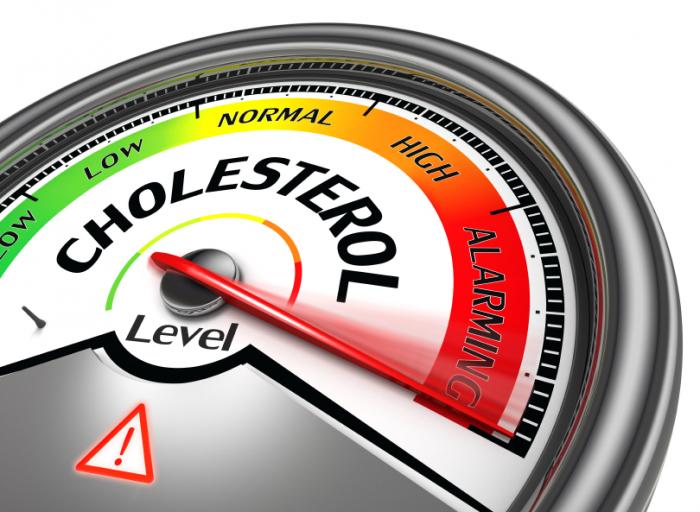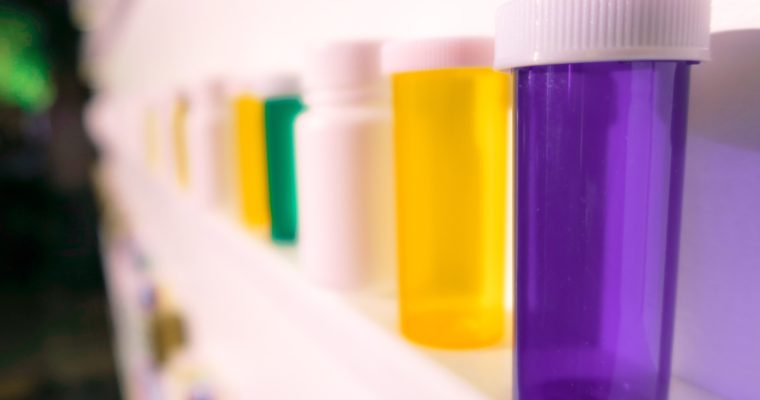The FDA has finally taken action against the use of PHOs (Partially Hydrogenated Oils) in the United States food supply. PHOs are a major source of artificial trans fat. With this new ruling, the FDA hopes (and expects) to reduce the risk of coronary heart disease and prevent thousands of fatal heart attacks in the United States.
Statement by the FDA
A statement released by the FDA on Tuesday, June 16th, 2015 states, “The FDA has set a compliance date of three years. This will allow companies to either reformulate products without PHOs and/or petition the FDA to permit specific uses of PHOs… It is important to note that trans fat will not be completely gone from foods because it occurs naturally in small amounts in meat and dairy products, and is present at very low levels in other edible oils…”
Does GliSODin help prevent damage to artery walls in adults at risk of developing heart disease?
What is Trans Fat?
Trans fat is formed in two ways – naturally and through food processing. Natural trans fat is produced in the gut of many animals, which is the reason why it cannot be completely eliminated from certain animal products like meat and dairy. It is created in processed foods as hydrogenation occurs (when hydrogen is added to oils to make it more solid). PHOs are mainly used to improve texture and flavors of foods, and elongate its shelf life. A major risk, when consuming high amounts of trans fat, is elevated levels of “bad” cholesterol in the blood, which can also raise your risk of developing cardiovascular disease. As many know, cardiovascular disease is the leading cause of death in both men and women in the United States.
According to the FDA, trans fat is most commonly found in:
- Coffee creamers
- Baked goods – crackers, cookies, cakes, pies
- Fast food
- Frozen pizzas
- Ready-to-use frosting’s
- Refrigerated dough products – biscuits and cinnamon rolls
- Snack foods – microwavable popcorn
- Vegetable shortenings and stick margarine
Here are some tips to help you reduce trans fat in your diet and, in turn, decrease your risk of developing cardiovascular disease (according to the FDA) :
- Limit foods that contain processed trans fat
- Always check the ingredient’s list on a food package (Note: The Nutrition Facts label can state 0 grams of trans fat if the food product contains less than 0.5 grams of trans fat per serving. Thus, if a product contains PHOs, it might contain small amounts of trans fat even if the label states 0 grams.)
- Choose lean cuts of meat and skinless poultry
- Stop using stick margarine – use soft margarine’s (liquid, tub, spray)
- Limit already packaged snack foods and commercially prepared baked goods
- Substitute fat-free (skim) or low-fat milk products like yogurt and cheese for full-fat (whole) milk products
- Eat more foods naturally low in fat and high in fiber – whole grains, beans, peas, fruits and vegetables.
- Use liquid oils (canola or olive oil) instead of solid fats, like shortening, butter or lard while baking
- Bake, steam, grill or broil your food as these processes do not add extra fat.
Source: http://www.fda.gov
What are some other ways you are sure to stay on top of your trans fat intake?




